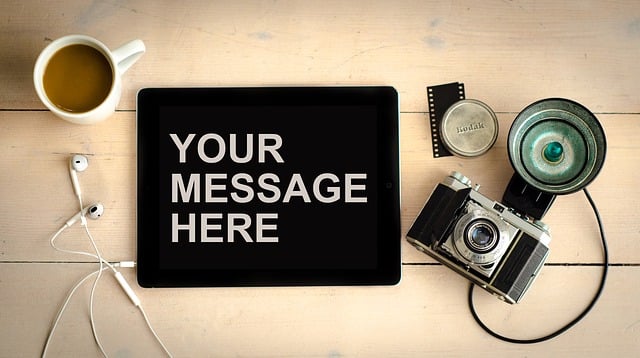Research suggests that as much as 93% of communication is non-verbal, so it’s not surprising that the tone and meaning of emails are misinterpreted as much as half the time.
For small businesses, email is frequently the preferred way to communicate with new leads, customers and employees – but if haven’t mastered your tone, the meaning of your message may be lost. In the worst case scenario, you may even unintentionally offend your audience.

Follow these tips to improve your tone when writing emails – or any other business communications.
Adapt to your audience
Tone reflects the writer’s attitude toward the reader, so you’ll use a different tone depending on whether you’re asking a bank officer for a loan or your customer to attend an exclusive sale.
Your relationship and your purpose will help you decide on your word choices, which might be formal and serious or relaxed and fun.
Using active voice will bring your reader right to the point. Taking care to always use courteous language will keep them on side.
Simple tone tips
If you’re ever in doubt about how an email may be interpreted, hit save and go back to it a day later – or ask a colleague to read and provide some feedback.
These additional tips can help you write emails that get read and avoid offense or confusion:
- Avoid using slang or sexist language
- Be concise, removing any unnecessary words
- Be appropriately respectful of subordination
- Be gracious (please and thank you go a long way with creating the right tone, and will keep you from coming off as too abrupt, especially if your email is brief).

Delivering a negative message
If your message contains some bad news, tone becomes a bigger challenge. After all, there is no way around creating some unpleasant feelings in some circumstances.
You can, however, avoid insult to injury by following these tips:
- Thank the reader for their message, briefly explaining why you are unable to approve a request. In this case, passive voice is preferred because it helps neutralize the message.
- Take care to avoid personal attacks. You can maintain a professional tone by deferring to policies rather than your personal feelings about an event or situation.
- Avoid the “bright side”. Listing any perceived benefits can come off as uncaring, by downplaying the emotional impact the reader may experience upon receiving the message.
Final tips
Drafting a style guide will help make your company’s “tone rules” clear to staff, help build greater brand recognition with a consistent voice, and help you avoid the wrong tone in your communications.
Start by defining your tone. Is it casual and fun, formal and serious – or a bit quirky? Come up with five words that describe the tone of your brand. Then make a list of words that may and may not be used in your marketing emails.
To illustrate exactly what you’re aiming for with tone, include some sample text in your guide – perhaps some of your company’s collateral or examples of marketing emails that you’d like your business to emulate.




